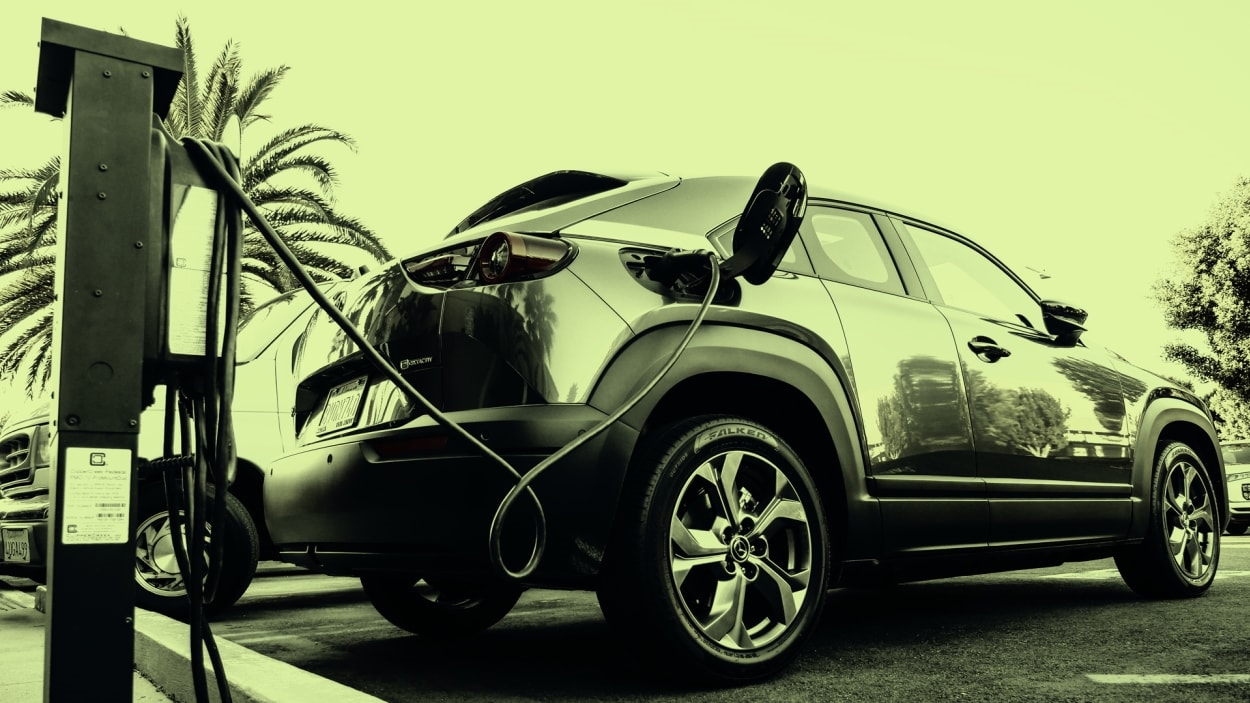MIT researchers tackle key question of EV adoption: When to charge?
New research out of MIT’s Institute for Data, Systems, and Society offers a roadmap for encouraging electric vehicle adoption without spiking energy demand and overwhelming electric grids.
The study, authored by Zachary Needell PhD ’22, postdoc Wei Wei, and Professor Jessika Trancik and published this week in the journal Cells Report Physical Science, analyzed data from New York City and Dallas that tracked what times of day electric vehicles were used, for what duration, and why.
Their big takeaways: delayed home charging makes a huge difference in energy demand, as does workplace charging.
“I think one of the fascinating things about these findings is that by being strategic you can avoid a lot of physical infrastructure that you would otherwise need,” Trancik told MIT News.
Delayed home charging could look like an app that controls a car’s charging cycle, timing it to automatically conclude just before the driver needs to use the car. Making vehicle chargers available in more workplaces, meanwhile, can help take advantage of the midday peak in solar-powered charging.
Leveraging these two strategies together significantly eliminates any additional energy demands, and can be tailored to specific local conditions to help cities meet their decarbonization goals.
EV adoption is a crucial tool in the county’s clean energy transition. As public money flows into expanding the infrastructure needed to support an electrified vehicle fleet, policymakers are contending with the question of how to integrate chargers into existing energy systems as efficiently and seamlessly as possible.
If cities aren’t strategic about where and how they utilize EV infrastructure, unmitigated charging could spike energy demand by 20 percent every night, according to the researchers.
“These strategies may require only small design and regulatory changes, which may make them more likely to be adopted,” the study authors write, “and they can be effective even if introduced piecemeal at a local level and without full coordination.”
(25)



